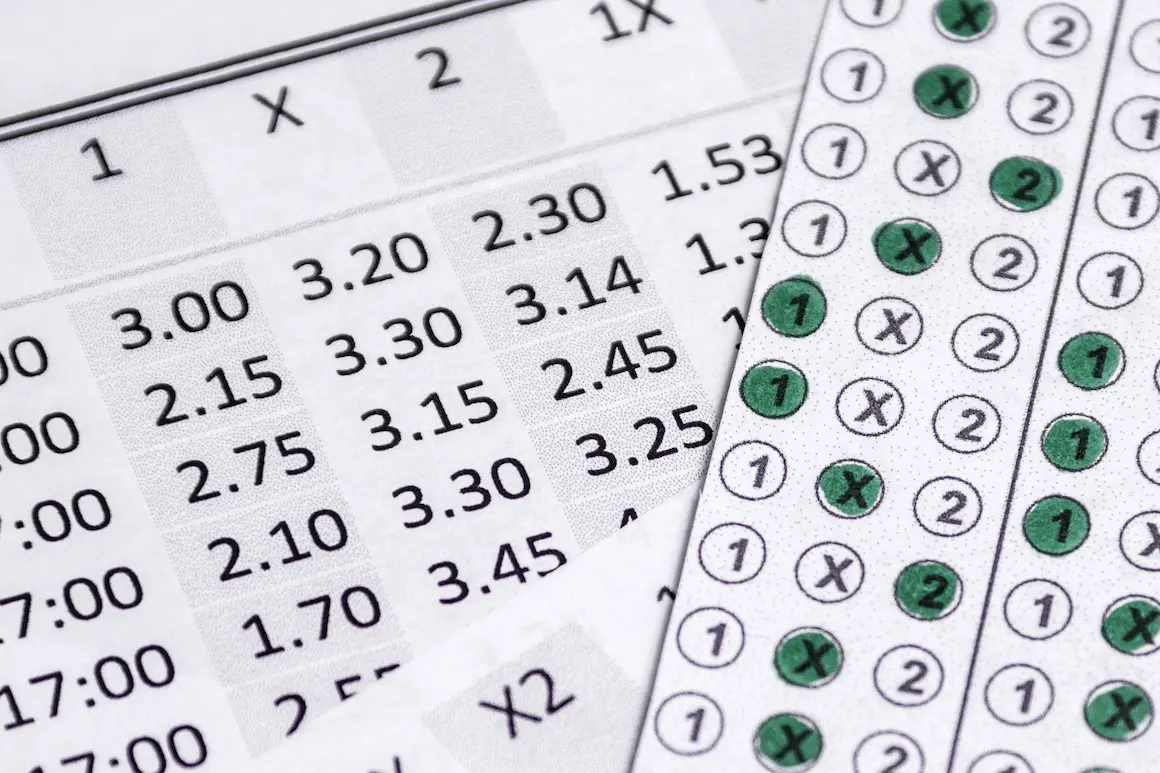 Article Contributors
Article Contributors In any business, a person wants to evaluate their effectiveness when reaching the first results. This is done primarily to understand as exact as possible amount of money you’ve earned and whether you’ve done everything you could. Each activity has its own performance evaluation criteria. For example, in marketing, it’s the number of new customers, an increase in the average check, and some other indicators.
Of course, betting also has its indicators of success. Here they’re used to make changes to their strategies. In addition, players can also understand what level they’re at now. If that’s not enough information, many undergo additional training. However, experts argue that today there are so many criteria for evaluating effectiveness that some of them aren’t exactly reliable or useful. Next, we will look at which metrics are really useful.
Types of metrics

So, let’s start with a tool called ROI. It shows how profitable your deposits in betting companies are. The next metric is very similar but not the same, it’s called Yield. It shows the net return on your deposits’ turnover. Another one of the most important indicators that everyone studies when learning to bet is CLV. It’s characterized by the distance between your bets and the closing line. The lower this indicator, the less you allegedly know. It turns out that you often place bets near the closing line, which reduces your chances to make valuable bets.
To check understanding, let’s examine an example. The player made a mistake and made a bet on the victory of the hosts, the coefficient was equal to 1.9. Real professionals immediately found a mistake and made another bet. As a result, the ratio dropped to 1.6. It turned out that bettors missed the right moment and closed the bet very close to the closing line. However, there is a debate regarding this topic, which we will consider a little later.
Next, let’s talk about the BTL indicator. BTL is equal to the frequency of breaking the closing line. In other words, BTL means the frequency of bets that are far from the closing line. Another important metric is the percentage of unexpected wins called the P-value.
Undoubtedly, there are many other metrics, but they aren’t as important as the performance criteria mentioned above. For example, the profitability of the type of sports, winnings depending on the time of day, the average odds with the highest profit, and many others.
Popular metrics in betting: benefit or detriment?

Now let’s figure out whether these metrics that we’ve already mentioned are so useful. Let’s start with an example of a P-value. Imagine a leader of a certain football tournament playing a match with a mid-level team at his home court. Of course, since the hosts are in excellent physical shape and full of spectators, they’re very motivated to win. That’s why most bettors will make their predictions in the hosts’ favour.
However, the following factors can’t be waived. For example, if the team leader is seriously injured and won’t be able to take part in the upcoming match. Of course, this will affect the results of the game. Also, during the meeting itself, the leading team could break the rules, which would cause the main defender to be removed from the game for some time. The opponents don’t waste time and take advantage of this by scoring a goal. As a result, such a chain of random events can lead to a score of 1:1. Such occurrences aren’t exclusive to team sports; these accidents happen in all sports. Therefore, the objectivity of the P-value assessment remains a big question. According to experts, this metric is far from the most reliable.
Next, let’s look at the criteria for evaluating the effectiveness of BTL and CLV. They’re useful but in certain cases only. First, you should understand whether there are valuable bets in the closing lines and whether they’re worth playing. Experts know that if there’s a significant load, the coefficients for some reason stop being equal to the balance of power, which means that there are valuable bets. That’s why you can play the closing line if you’re a true professional in your field. This means that BTL and CLV metrics are effective.
The ROI parameter, as mentioned above, is one of the most important ones for any bettor that wants to make good money on bets since it shows the number of necessary games. To do this, make about 150 predictions. If you get a positive ROI, you’re clearly doing everything right. Accordingly, with a negative indicator, you will soon lose everything.
the Yield metric is also useful. However, as mentioned above, it is similar to ROI, so their simultaneous use doesn’t make much sense.
When looking for an answer to the question of whether all existing metrics are necessary, we received the following statements. Real betting professionals are sure that success is all about small things. The bottom line is that you should understand the reasons for receiving negative results according to the named criteria for evaluating effectiveness. Undoubtedly, you must pay close attention to those coefficients that consistently bring you profit. Often, the range of such coefficients is too large for novice bettors, and in fact, it can also contain indicators that, on the contrary, bring only losses. Therefore, you should clearly understand this gap and focus on it.
You should note the sports and tournaments that bring you the most earnings. Especially those where you make predictions for several types of sports at the same time. We advise you to exclude unprofitable ones. The same applies to tournaments, championships, and championships. Always record and then analyze your own successful bets.
Of course, a lot also depends on the types of bets. It’s worth observing which types of forecasts are unprofitable for you and which are profitable. Place your bets based on the received information.
Summing up, success lies primarily in the analysis of previous actions and evaluation of their effectiveness. Not all metrics that exist at the moment are really useful and necessary; most of them contain empty numbers that won’t help you improve your results. Therefore, carefully consider your choices and count only on those bets that create a solid profit.




